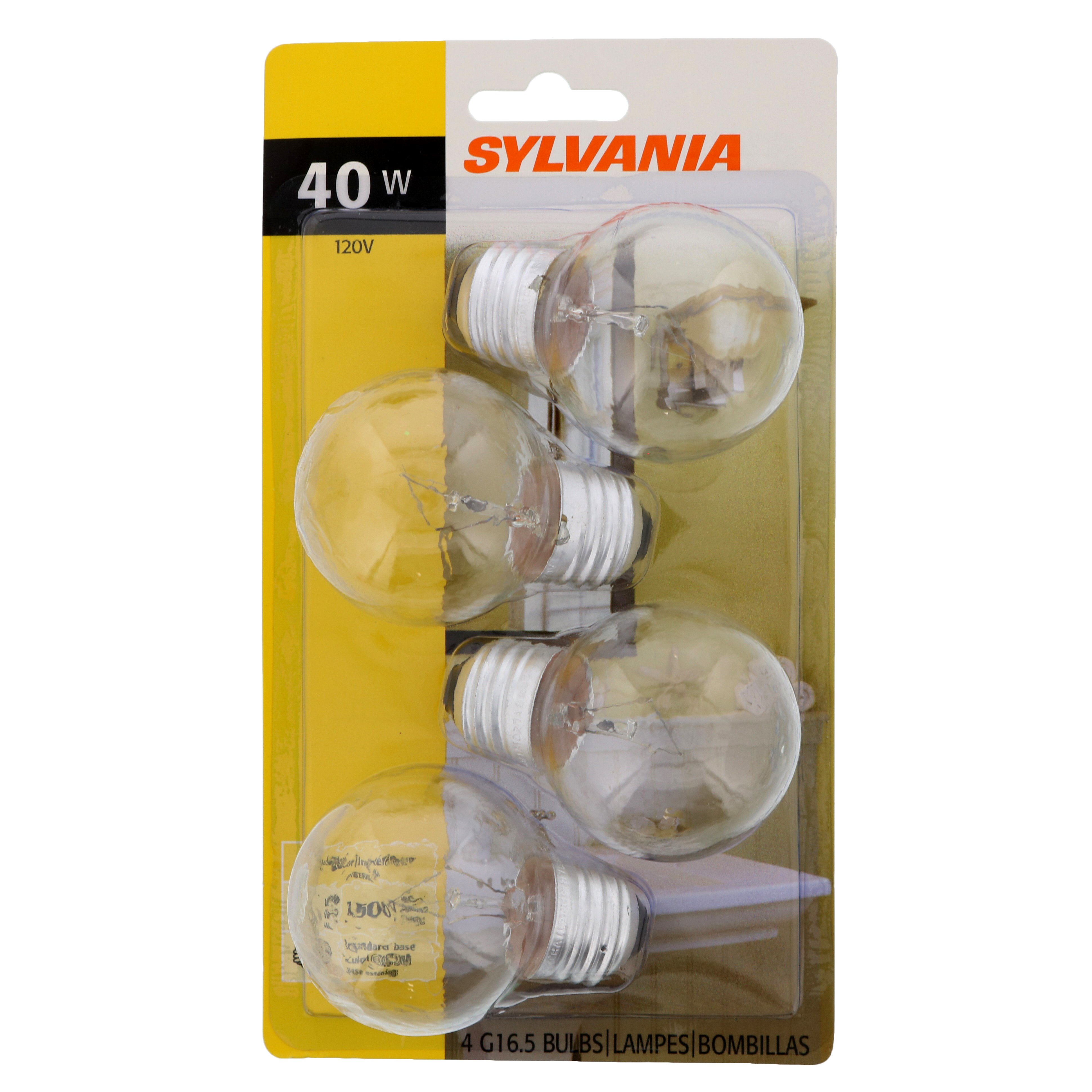Bulb Wattage Considerations for Bathrooms: What Watt Light Bulb For Bathroom
:max_bytes(150000):strip_icc()/61XIjA7jtL._AC_SL1500_-6c04d8a2fef24009b21e880022da0771.jpg)
What watt light bulb for bathroom – Choosing the appropriate light bulb wattage for a bathroom depends on several factors, including room size, ceiling height, and desired brightness. To ensure optimal illumination, it’s essential to consider these variables when making a selection.
The ideal wattage for a bathroom light bulb depends on the size of the room and the desired brightness. For optimal illumination, consider a 60-watt bulb for a small bathroom and an 80-watt bulb for a larger one. However, when selecting a bathroom fan, factors such as the bathroom size, ceiling height, and ventilation needs come into play.
Refer to what bathroom fan do i need for guidance on choosing the right fan for your bathroom. By combining appropriate lighting and ventilation, you can create a comfortable and functional bathroom space.
The following table provides recommended wattage ranges for different bathroom sizes:
| Bathroom Size | Recommended Wattage Range |
|---|---|
| Small (50-100 sq ft) | 60-100 watts |
| Medium (100-150 sq ft) | 100-150 watts |
| Large (150-200 sq ft) | 150-200 watts |
For bathrooms with high ceilings, consider using higher wattage bulbs to compensate for the increased distance between the light source and the illuminated area.
Types of Light Bulbs for Bathrooms

Bathrooms demand proper lighting to ensure safety, functionality, and a welcoming ambiance. With the array of light bulb options available, selecting the most suitable one for your bathroom can be daunting. Understanding the distinct characteristics of each type will help you make an informed decision.
Incandescent Light Bulbs
Incandescent bulbs are traditional and widely used, emitting a warm, inviting glow. They are inexpensive and easy to find. However, their energy efficiency is low, as they produce more heat than light. Their lifespan is relatively short, requiring frequent replacements.
Fluorescent Light Bulbs, What watt light bulb for bathroom
Fluorescent bulbs offer higher energy efficiency compared to incandescent bulbs, consuming less energy while producing more light. They have a longer lifespan, making them more cost-effective in the long run. However, they may produce a flickering effect and can contain harmful mercury, requiring proper disposal.
LED Light Bulbs
LED (Light-Emitting Diode) bulbs are the most energy-efficient option, consuming significantly less energy than incandescent and fluorescent bulbs. They have an exceptionally long lifespan, lasting up to 50,000 hours. LED bulbs produce a wide range of color temperatures, allowing you to customize the ambiance of your bathroom.
Halogen Light Bulbs
Halogen bulbs are similar to incandescent bulbs but produce brighter, whiter light. They are more energy-efficient than incandescent bulbs but have a shorter lifespan. Halogen bulbs emit more heat than LED or fluorescent bulbs, which may be a consideration in smaller bathrooms.
Placement and Distribution of Light
The strategic placement of light bulbs in a bathroom is crucial for creating a well-lit and visually appealing space. Optimal lighting involves a combination of general illumination, task lighting, and accent lighting.
General illumination provides overall brightness to the bathroom. Ceiling-mounted fixtures, such as recessed lights or a chandelier, are ideal for this purpose. Distribute the fixtures evenly to ensure uniform light distribution.
Task Lighting
Task lighting focuses on specific areas where detailed work is performed, such as the mirror and vanity. Wall-mounted sconces or vanity lights placed above or beside the mirror provide ample illumination for tasks like shaving, applying makeup, or styling hair.
Accent Lighting
Accent lighting highlights architectural features, artwork, or decorative elements. Recessed lights or track lighting can be used to create a focal point or add a touch of drama. Dimmers allow for adjustable light intensity, creating different moods and enhancing the overall ambiance.
By carefully considering the placement and distribution of light, you can achieve a balanced and visually appealing lighting scheme that meets both functional and aesthetic needs.
When it comes to illuminating your bathroom, the wattage of your light bulb is crucial. For a cozy ambiance, consider a 40-watt bulb, while a brighter 60-watt option is ideal for task lighting. If you’re looking to upgrade your bathroom’s ventilation, a 12v bathroom fan transformer can enhance the performance of your exhaust fan, ensuring optimal air circulation and preventing moisture buildup.
Remember, the right light bulb and ventilation system can transform your bathroom into a sanctuary of relaxation and functionality.
